Filter by

Expansive Discourses Urban Sprawl in Calgary, 1945-1978
A groundbreaking study of urban sprawl in Calgary after the Second World War. The interactions of land developers and the local government influenced how the pattern grew: developers met market demands and optimized profits by building houses as efficiently as possible, while the City had to consider wider planning constraints and infrastructure costs. Foran examines the complexity of their int…
- Edition
- -
- ISBN/ISSN
- 978-1-897425-13-8
- Collation
- -
- Series Title
- The West Unbound: Social and Cultural Studies
- Call Number
- 6 x 9, 284 pages
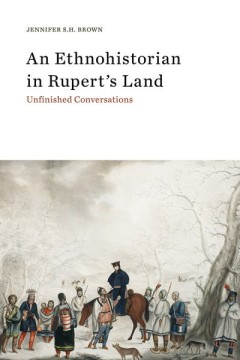
An Ethnohistorian in Rupert’s Land Unfinished Conversations
While diverse in their subject matter, the essays have thematic unity in their focus on the old HBC territory and its peoples from the 1600s to the present. More than an anthology, the chapters of An Ethnohistorian in Rupert’s Land provide examples of Brown’s exceptional skill in the close study of texts, including oral documents, images, artifacts, and other cultural expressions. The volum…
- Edition
- -
- ISBN/ISSN
- 9781771991711.01
- Collation
- -
- Series Title
- -
- Call Number
- 6 x 9, 368 pages
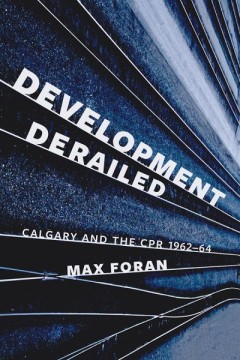
Development Derailed Calgary and the CPR , 1962–64
What, in economic terms, was perceived to be a win-win situation for both parties fell prey to a conflict between corporate rigidity and an unorganized, ill-informed, and over-enthusiastic civic administration and city council. Drawing on the private records of Rod Sykes, the CPR’s onsite negotiator and later Calgary’s mayor, Foran unravels the fascinating story of how politics ultimately u…
- Edition
- -
- ISBN/ISSN
- 978-1-927536-08-1
- Collation
- -
- Series Title
- -
- Call Number
- 272 pages

Defying Expectations The Case of UFCW Local 401
In this study of UFCW 401, Foster investigates a union that has had remarkable success organizing a group of workers that North American unions often struggle to reach: immigrants, women, and youth. By examining not only the actions and behaviour of the local’s leadership and its members but also the narrative that accompanied the renewal of the union, Foster shows that both were essential co…
- Edition
- -
- ISBN/ISSN
- 9781771991995.01
- Collation
- -
- Series Title
- Working Canadians: Books from the CCLH
- Call Number
- -
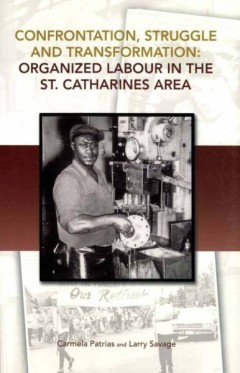
Confrontation, Struggle and Transformation Organized Labour in the St. Catha…
The study explores the labour movement’s fight to survive and thrive in the Niagara region. Thanks to extensive quotations from interviews, archival sources and local newspapers, the story unfolds, in part, through the voices of the people themselves: workers who fought for unions, community members who supported them and employers who opposed them.
- Edition
- -
- ISBN/ISSN
- 9781894000086
- Collation
- -
- Series Title
- CCLH Publications
- Call Number
- -
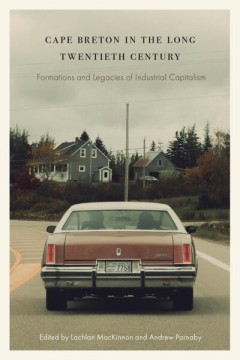
Cape Breton in the Long Twentieth Century Formations and Legacies of Industr…
The emergence, dominance, and alarmingly rapid retreat of modernist industrial capitalism on Cape Breton Island during the “long twentieth century” offers a particularly captivating window on the lasting and varied effects of deindustrialization. Now, at the tail end of the industrial moment in North American history, the story of Cape Breton Island presents an opportunity to reflect on how…
- Edition
- -
- ISBN/ISSN
- -
- Collation
- -
- Series Title
- -
- Call Number
- 6 x 9, 500 pages
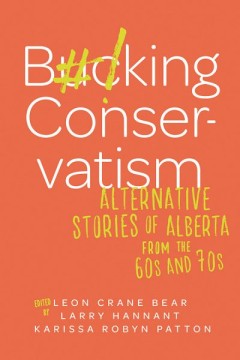
Bucking Conservatism Alternative Stories of Alberta from the 1960s and 1970s
With lively, informative contributions by both scholars and activists, Bucking Conservatism highlights the individuals and groups who challenged Alberta’s conservative status quo in the 1960s and 70s. Drawing on archival records, newspaper articles, police reports, and interviews, the contributors examine Alberta’s history through the eyes of Indigenous activists protesting discriminatory l…
- Edition
- -
- ISBN/ISSN
- 9781771992572.01
- Collation
- -
- Series Title
- -
- Call Number
- 368 pages
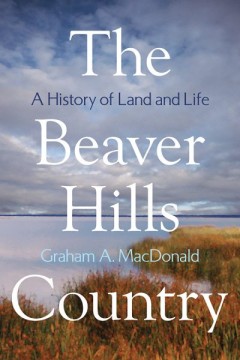
The Beaver Hills Country A History of Land and Life
This book explores a relatively small but interesting and unusual region of Alberta between the North Saskatchewan and the Battle Rivers. The Beaver Hills arose where mountain glaciers from the west met continental ice-sheets from the east to create a complex and diverse landscape. MacDonald relates how climate, water levels, wildlife, vegetation, and fire have shaped the possibilities and prov…
- Edition
- -
- ISBN/ISSN
- 978-1-897425-37-4
- Collation
- -
- Series Title
- -
- Call Number
- 264 pages
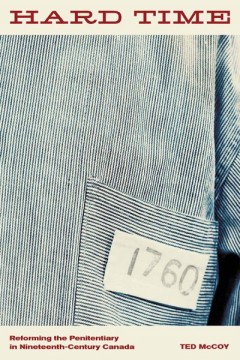
Hard Time Reforming the Penitentiary in Nineteenth-Century Canada
Tracing the rise and evolution of Canadian penitentiaries in the nineteenth century, Hard Time examines the concepts of criminality and rehabilitation, the role of labour in penal regimes, and the problem of violence. Linking the lives of prisoners to the political economy and to movements for social change, McCoy depicts a history of oppression in which prisoners paid dearly for the reciprocal…
- Edition
- -
- ISBN/ISSN
- 978-1-926836-96-6
- Collation
- -
- Series Title
- -
- Call Number
- -
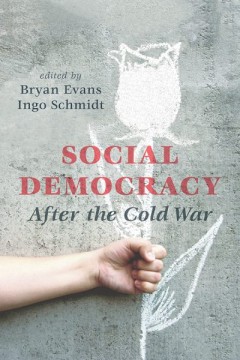
Social Democracy After the Cold War
Offering a comparative look at social democratic experience since the Cold War, the volume examines countries where social democracy has long been an influential political force—Sweden, Germany, Britain, and Australia—while also considering the history of Canada’s NDP and the emergence of New Left parties in Germany and the province of Québec. The case studies point to a social democracy…
- Edition
- -
- ISBN/ISSN
- 978-1-926836-87-4
- Collation
- -
- Series Title
- -
- Call Number
- 340
 Computer Science, Information & General Works
Computer Science, Information & General Works  Philosophy & Psychology
Philosophy & Psychology  Religion
Religion  Social Sciences
Social Sciences  Language
Language  Pure Science
Pure Science  Applied Sciences
Applied Sciences  Art & Recreation
Art & Recreation  Literature
Literature  History & Geography
History & Geography